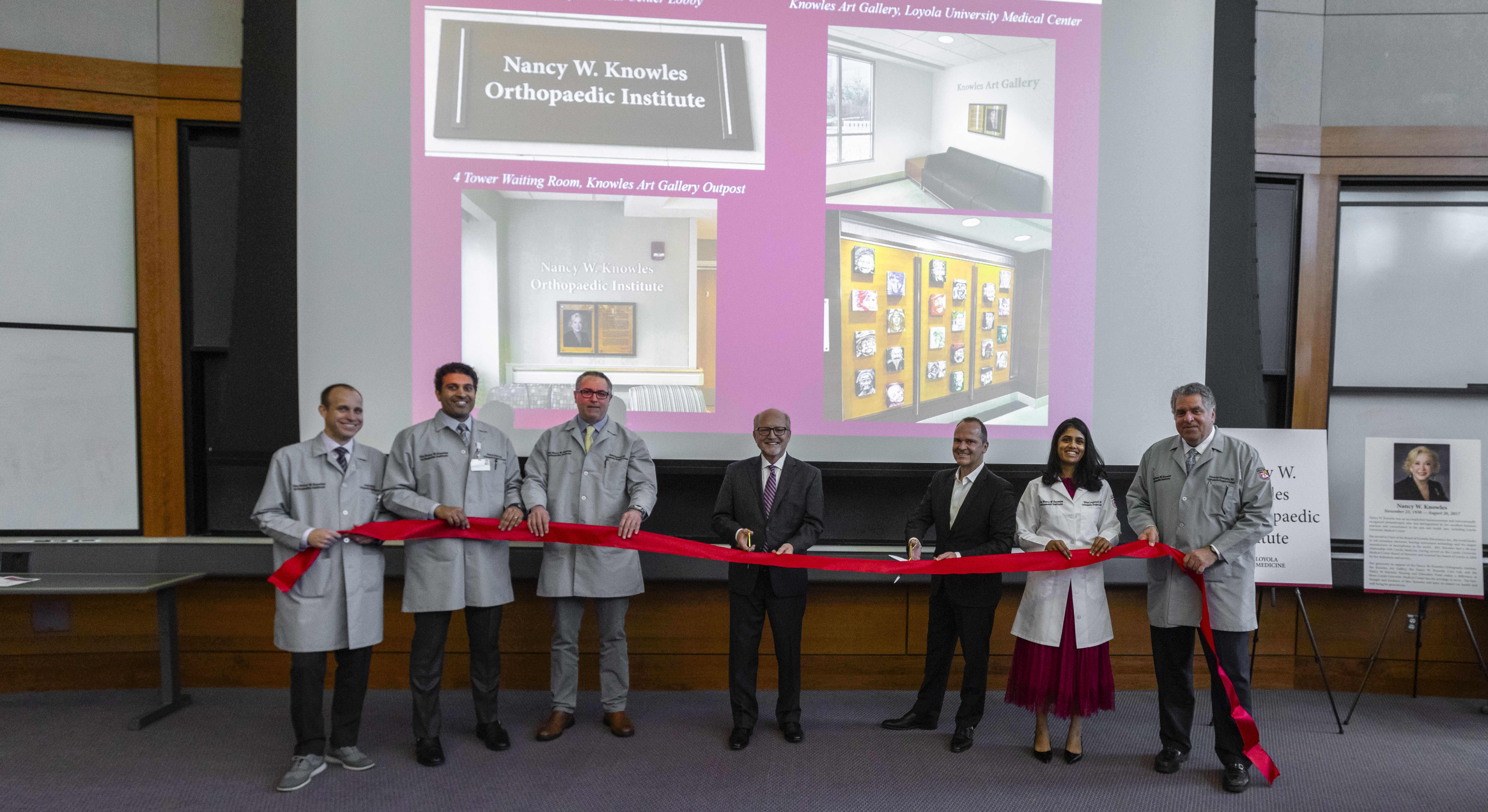We have heard that the decennial census matters for our communal life as Americans. Many states are spending millions of dollars to ensure that every individual in their states are counted. It is a constitutional mandate to ensure a representative democracy.* In addition, the data is used to plan for a variety of common goods like allocating Federal funds for the roads that take you to work, delivering K–12 education in your neighborhood and planning for how to respond in the event of a natural disaster.
At Darden, the data collected by the U.S. Census Bureau — on all its surveys — is also a critical part of the research of our faculty. These data are meticulously collected, accessible to all faculty and cover the entire United States. This makes it ideal for all kinds of projects. Currently several Darden faculty have investigations in the works using census data:
- Greg Fairchild and his co-author combined Census Bureau data on poverty and race with the Federal Financial Institutions Examination Council (FFIEC) reports to test the hypothesis that minority-owned banks are no more prone to failure than non-minority-owned banks.
- Mary Margaret Frank and her co-authors are using Census Bureau data, combined with economic and qualitative data, to investigate the allocation of opportunity zones across all 50 states.
- Daniel Murphy used Census Bureau data on income and economic well-being to explore the differential impact of economic growth between 1990 and the mid-2000s. The data lend support to the notion that new technology may have hurt poor households by increasing the share of the “economic pie” owned by the rich.
Each of these projects would not be possible without the high-quality work of the U.S. Census Bureau. Census data is a public good, and one that shapes our understanding about how business works.
When you sit down to fill out your census form this month, you are supporting American democracy, and you’re contributing to the research of Darden faculty.
And if you’re curious about the results of these projects, stay tuned: We will feature their findings once the results are in.
* In the early days, the representative democracy was based on “whole number of free persons … [and] three-fifths of all other persons.” It wasn’t until the 14th Amendment was ratified in 1868 that representation was based on “whole numbers of persons in each state.”
This article was developed with the support of Darden’s Institute for Business in Society, at which Megan Juelfs is associate director of research initiatives.
Original post https://alertarticles.info



